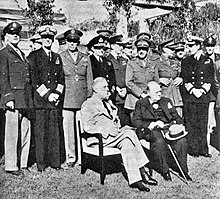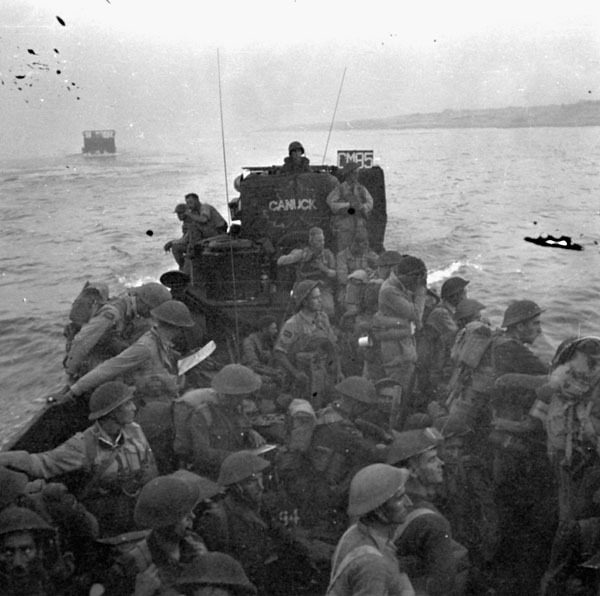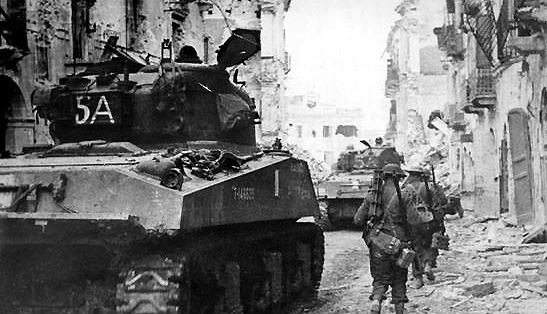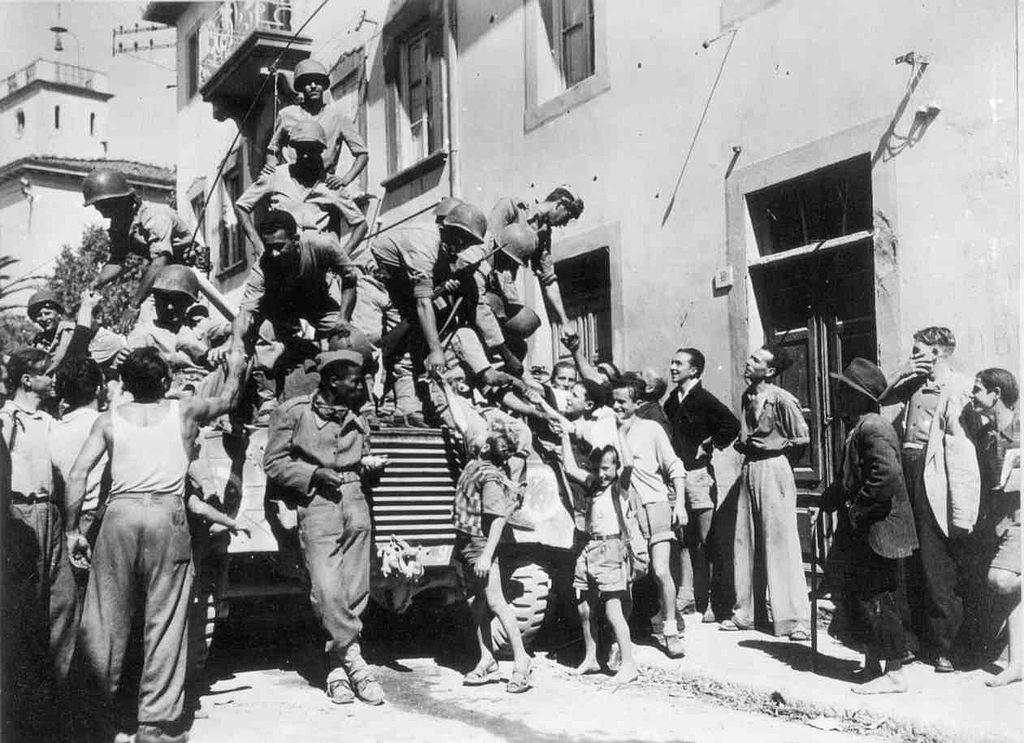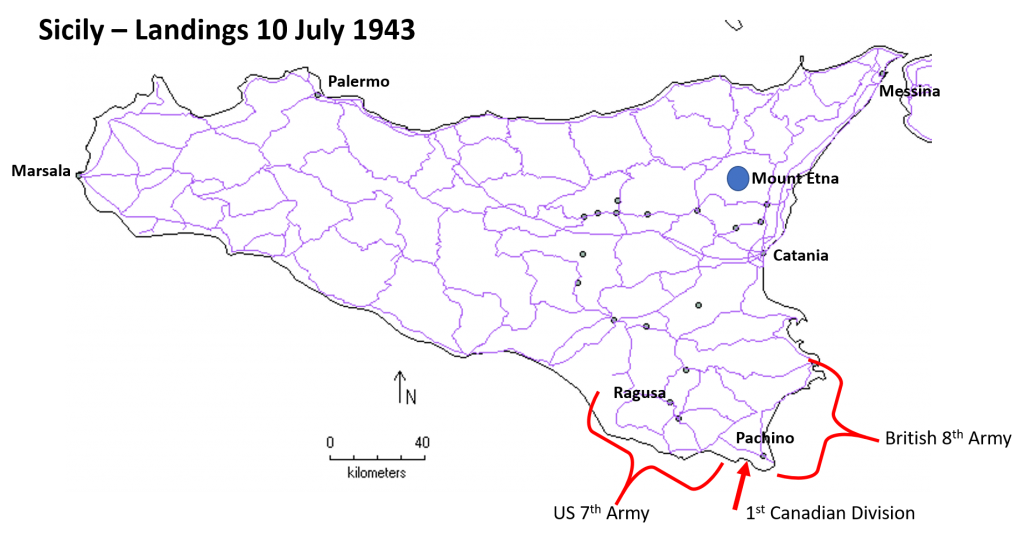
The invasion began with an airborne assault at midnight 10 July 1943. Two bridges were attacked by a mix of British glider and parachute troops as well as American paratroopers dropped to secure the area behind the American beachhead.
Beach landings were made on 26 main beaches spread along 105 miles (169 km) of the southern and eastern coasts of Sicily.
The Americans (3rd Infantry Division) landed on the Southern Coast and the combined British and Canadian units landed on the east coast.
The Italian defence was practically non-existent and there was no serious opposition as the Allied forces quickly moved inland.
The Canadian’s first objective was Pachino Airfield and it was quickly taken.
Beach landings were made on 26 main beaches spread along 105 miles (169 km) of the southern and eastern coasts of Sicily.
The Americans (3rd Infantry Division) landed on the Southern Coast and the combined British and Canadian units landed on the east coast.
The Italian defense was practically non-existent and there was no serious opposition so the Allied forces quickly moved inland.
The Canadian's first objective was Pachino Airfield and was quickly taken.
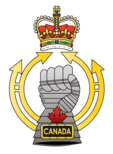
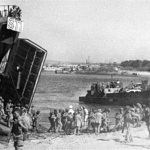

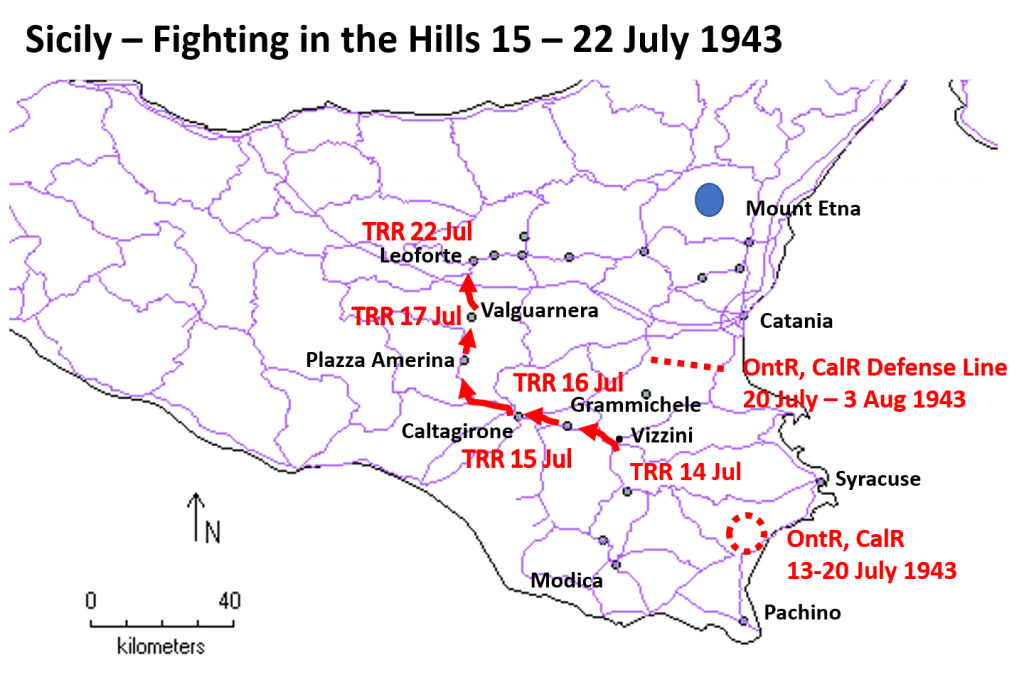
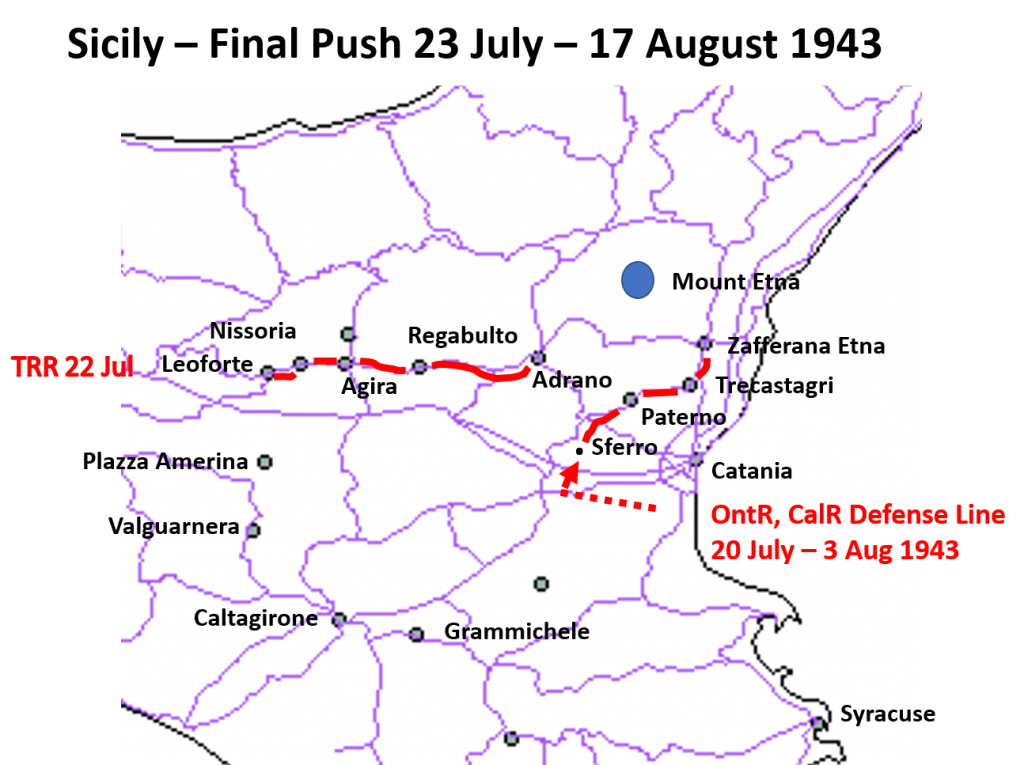

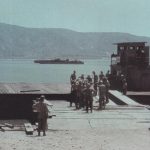

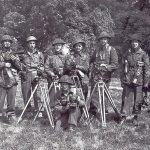
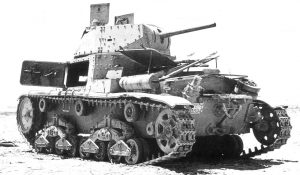 Mounted on a Universal Carrier about four kilometers inland, they came across an Italian force of approximately 1000 men and 50 FIAT Ansaldo tanks (see image).
Mounted on a Universal Carrier about four kilometers inland, they came across an Italian force of approximately 1000 men and 50 FIAT Ansaldo tanks (see image). 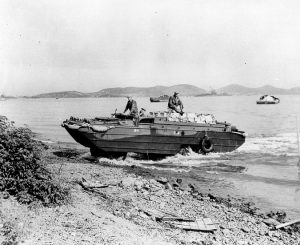 The DUKW was built around the GMC CCKW six-wheel-drive military truck by building a boat around the chassis.
The DUKW was built around the GMC CCKW six-wheel-drive military truck by building a boat around the chassis. 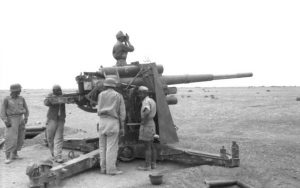 The 8.8 cm Flak is a German 88 mm anti-aircraft and anti-tank artillery gun, developed in the 1930s. Flak is a contraction of German
The 8.8 cm Flak is a German 88 mm anti-aircraft and anti-tank artillery gun, developed in the 1930s. Flak is a contraction of German 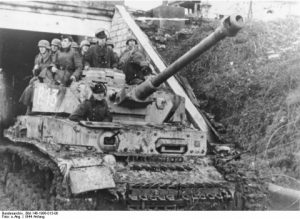 The Panzerkampfwagen IV or the Panzer IV, was a German medium tank built from 1936-45 with a total of over 8,500 built. Its base weight was 22 tonnes and the first six variants used a short barreled 75mm gun and the last for variants used a long barreled 75mm gun.
The Panzerkampfwagen IV or the Panzer IV, was a German medium tank built from 1936-45 with a total of over 8,500 built. Its base weight was 22 tonnes and the first six variants used a short barreled 75mm gun and the last for variants used a long barreled 75mm gun. 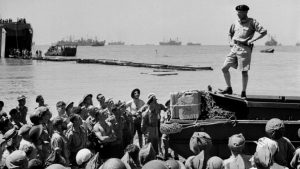 (Photo Gen. Montgomery addressing Canadian Troops) The Canadians had a difficult time acclimatizing to Sicily. The marching was very hot (43C, 109F) and any marching or vehicle movement was accompanied by fine dust getting everywhere.
(Photo Gen. Montgomery addressing Canadian Troops) The Canadians had a difficult time acclimatizing to Sicily. The marching was very hot (43C, 109F) and any marching or vehicle movement was accompanied by fine dust getting everywhere. 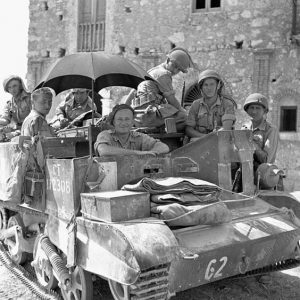 (Photo: Loyal Edmonton Regiment in a Universal Carrier, 17 July 1943) Early on 16 July 1843, the 2nd Brigade Group left Caltagirone and headed north up Highway 124 with the Loyal Edmonton Regiment and “C” squadron
(Photo: Loyal Edmonton Regiment in a Universal Carrier, 17 July 1943) Early on 16 July 1843, the 2nd Brigade Group left Caltagirone and headed north up Highway 124 with the Loyal Edmonton Regiment and “C” squadron 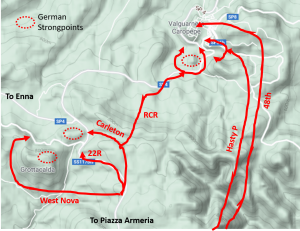 The distance from Piazza Armerina to Enna by road is 35km (22 mi), but the 3rd
The distance from Piazza Armerina to Enna by road is 35km (22 mi), but the 3rd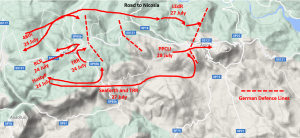 On 21 July 1943, while the 1st and 2nd Brigades were attacking Leonforte and Assoro, the Division Reserve (3rd Canadian Infantry Brigade) moved eastward from Valguarnera to south of Agira. There they relieved a battalion of the Malta Brigade,who had been in close contact with the Germans for two days. The Malta Brigade had been put under Canadian control since the day before.
On 21 July 1943, while the 1st and 2nd Brigades were attacking Leonforte and Assoro, the Division Reserve (3rd Canadian Infantry Brigade) moved eastward from Valguarnera to south of Agira. There they relieved a battalion of the Malta Brigade,who had been in close contact with the Germans for two days. The Malta Brigade had been put under Canadian control since the day before.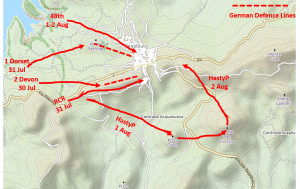 The Canadian’s successful attack at Agira made Regalbuto the obvious next objective. The German commander placed the Hermann Göring Armoured Engineer Battalion along with a squadron of tanks and some attached artillery; in charge of the defence of Regalbuto. Orders to the Engineers were to hold at all costs. Withdrawal was only to be done at the express orders from Divisional Headquarters.
The Canadian’s successful attack at Agira made Regalbuto the obvious next objective. The German commander placed the Hermann Göring Armoured Engineer Battalion along with a squadron of tanks and some attached artillery; in charge of the defence of Regalbuto. Orders to the Engineers were to hold at all costs. Withdrawal was only to be done at the express orders from Divisional Headquarters.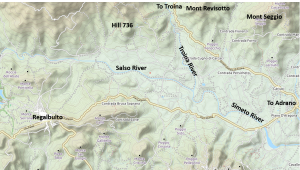 After the taking of Regalbuto, the Canadians were to take the Salso valley. The primary features were three large hills that dominated the river valley. The first hill did not have a name so it was called by its height – Hill-736. The other two were Mount Revisotto and Mount Seggio. This area was defended by the 15th Panzergrenadier Division.
After the taking of Regalbuto, the Canadians were to take the Salso valley. The primary features were three large hills that dominated the river valley. The first hill did not have a name so it was called by its height – Hill-736. The other two were Mount Revisotto and Mount Seggio. This area was defended by the 15th Panzergrenadier Division.